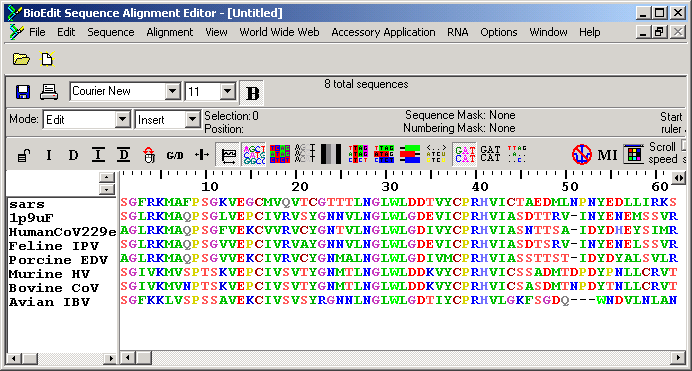

1440 sp.), is in a highly nested position rather than being basal among Squamata. Our study also rejects the monophyly of both Scleroglossa and Autarchoglossa, because Iguania, a species-rich lineage (ca. Our results reject several previous hypotheses that identified either the varanids, or a burrowing lineage such as amphisbaenians or dibamids, as the closest relative of snakes.

Episquamata includes Laterata (Teiformata, Lacertiformata, and Amphisbaenia, with the latter two joined in Lacertibaenia) and Toxicofera (iguanians, anguimorphs and snakes). The Unidentata, squamates that are neither dibamids nor gekkonids, are divided into the Scinciformata (scincids, xantusiids, and cordylids) and the Episquamata (remaining taxa). Of the remaining taxa (Bifurcata), the gekkonids form a basal lineage. The limbless dibamids are the most basal squamates. Our phylogenetic analyses yield a largely resolved phylogeny that challenges previous morphological analyses and requires a new classification. Here we expand the molecular data to include DNA sequences, totaling 6192 base pairs (bp), from nine nuclear protein-coding genes (C-mos, RAG1, RAG2, R35, HOXA13, JUN, α-enolase, amelogenin and MAFB) for 19 taxa representing all major lineages. However, the established relationships of the higher-level groups have been questioned in recent molecular analyses. Organisms with 16S rDNA sequences most closely related to those of sulfate reducers became predominant,Ībstract Squamate reptiles number approximately 8000 living species and are a major component of the world's terrestrial vertebrate diversity. As the acetate injection continued over 50 days there was a loss of sulfate from the groundwater and an accumulation of sulfide and the composition of the microbial community changed. Fe(II) in the groundwater also increased during this period, suggesting that U(VI) reduction was coincident with Fe(III) reduction. Analysis of 16S ribosomal DNA (rDNA) sequences and phospholipid fatty acid profiles demonstrated that the initial loss of uranium from the groundwater was associated with an enrichment of Geobacter species in the treatment zone. U(VI) concentrations decreased in as little as 9 days after acetate injection was initiated, and within 50 days uranium had declined below the prescribed treatment level of 0.18 �M in some of the monitoring wells. Acetate (1 to 3 mM) was injected into the subsurface over a 3-month period via an injection gallery composed of 20 injection wells, which was installed upgradient from a series of 15 monitoring wells. The potential for removing uranium from contaminated groundwater by stimulating the in situ activity of dissimilatory metal-reducing microorganisms was evaluated in a uranium-contaminated aquifer located in Rifle, Colo.


 0 kommentar(er)
0 kommentar(er)
